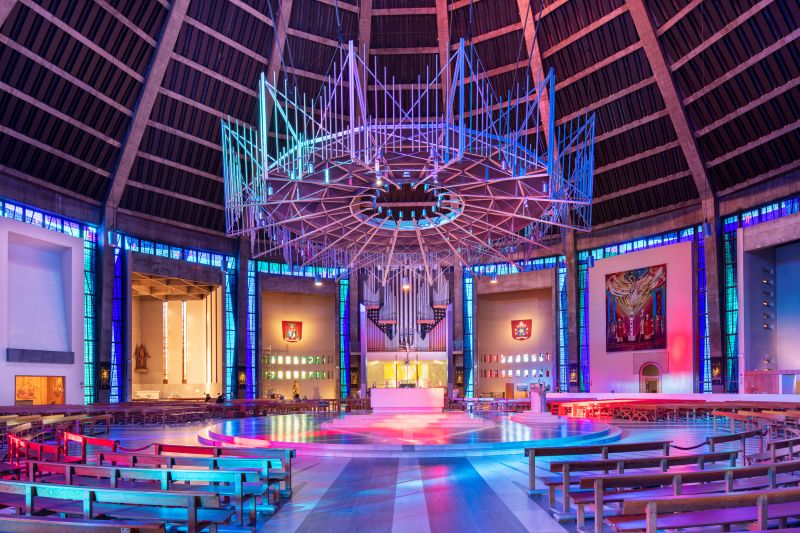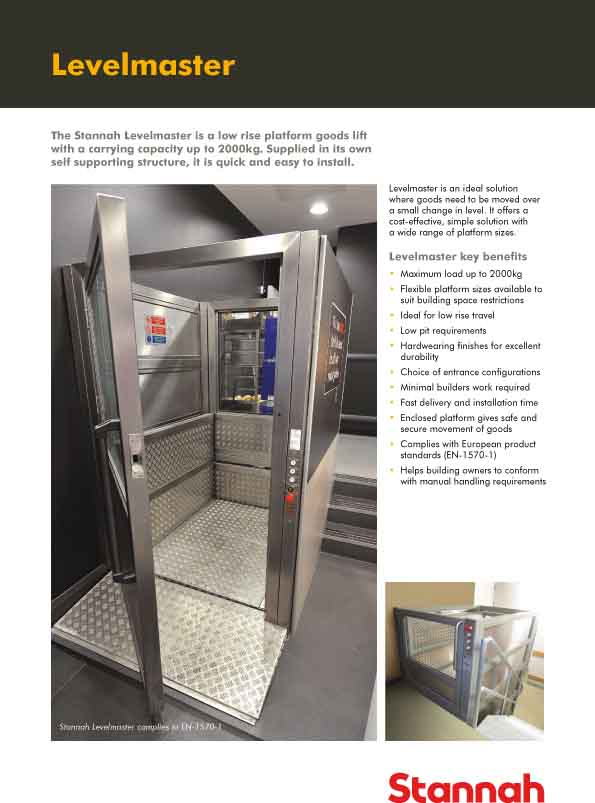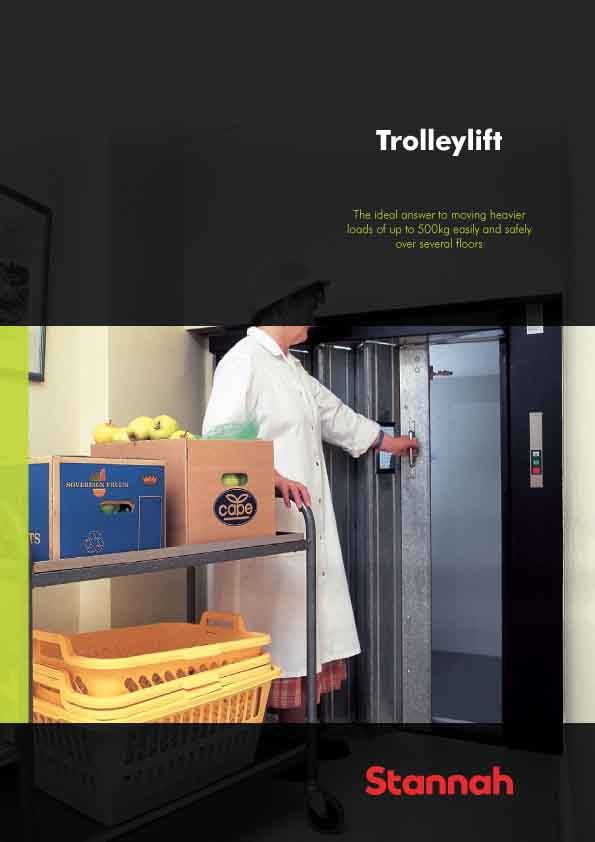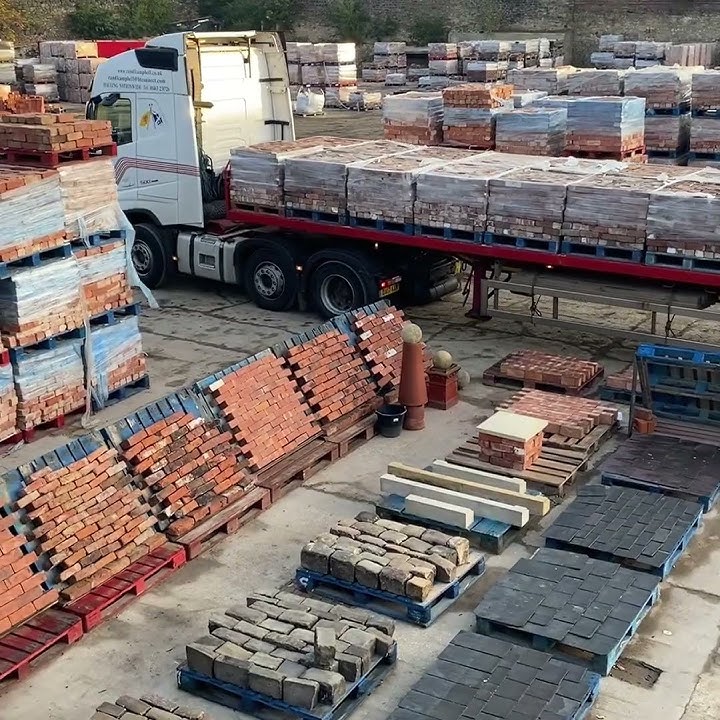A new report, “Engineering better sports venues: Designing for athletes, spectators and the environment”, has been released exploring how sports venues can reduce carbon emissions, improve the experience for athletes and spectators, and be accessible to all.
The report from the Institution of Mechanical Engineers highlights the role engineers, working together with architects, governments and sports organisations, play in creating venues that are not only sustainable but also inclusive for all users.
As sport grows in popularity, so does its environmental footprint. Mega sporting events continue to captivate global audiences, accelerating the demand for large-scale venues.
This growth comes with a significant environmental cost, with the global sports industry contributing an estimated 350 million tonnes of carbon emissions annually – approximately one percent of global carbon emissions.
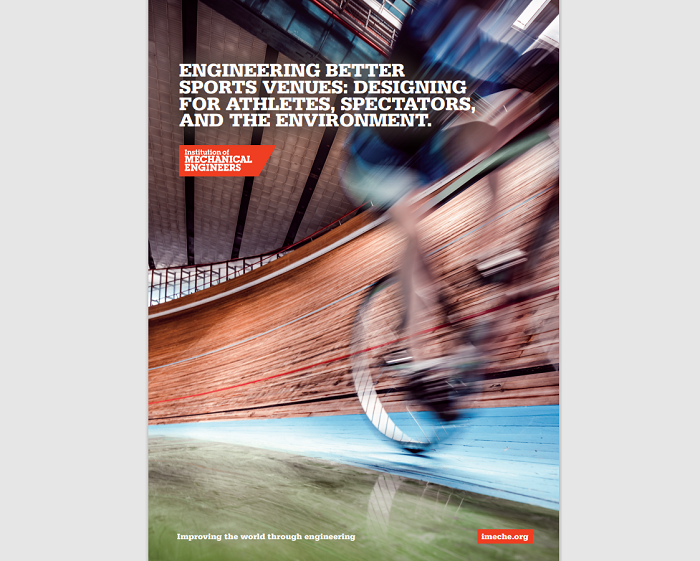
As well as being important for health and well-being, sport can help build stronger communities by bringing people of all backgrounds together to watch and take part at all levels of sport.
Tom Greatrex, Chair of the Football Supporters' Association, said: “The role that supporters play in providing and enhancing the atmosphere is integral to the spectacle of top-class sport, as the behind closed doors period during COVID-19 demonstrated. ‘Football without fans is nothing’ is a frequently heard statement but fans deserve to be a key consideration in the design of stadia, not just for their own safety and comfort, but also to ensure the acoustics and atmosphere are not compromised by stadia design. We very much hope those embarking upon new and refurbished stadia projects take heed of the findings of this study."
Ruth Shilston, Fellow of the Institution and co-author of the report, said:“As engineers, we’re passionate about bringing our creativity and expertise to create better outcomes. With the climate emergency arguably one of the most pertinent challenges of our time, impacting spectators and athletes globally, we have a fundamental role to play in the creation of sporting venues which are inclusive, sustainable, and resilient to a changing climate.”
The report highlights examples of engineering and design excellence at sports venues, including:
2012 Olympic and Paralympic Velodrome, London
Engineers, collaborating with architects and others, saved about 1,000 tonnes of structural steelwork and £1.5 million by redesigning the roof from conventional designs. Typically, cable net roofs require a ring beam against which the cables are tensioned, much like a tennis racket. By designing this out to ensure the bowl structure took the load, the engineers and architects created an innovation that resulted in the roof weighing roughly half of any other covered velodrome, at 30 kg per square metre.
Alongside a light roof, other benefits of this design meant foundation sizes could be smaller, using less concrete and reducing the carbon footprint.
2024 Olympic and Paralympic Stadium, Paris
The athletics track was designed by a team of scientists and engineers in collaboration with athletes, with the aim to boost athlete performance and reduce environmental impact. The elliptical profile air cells in the lower layer are reported to provide shock absorption and energy storage and return when loading on the rubber top layer. The team used simulation to investigate the connection between the track and athlete.
They also conducted research to improve the inclusivity of the design to ensure Paralympians benefit from the uniform grip, surface hardness and elastic properties needed for wheelchairs and prosthetics.
Fulham Football Club, London
Sensory spaces in sports stadia play a crucial role in making live sports experiences more inclusive and accessible. These dedicated areas provide a calm and controlled environment for individuals with sensory sensitivities, such as people living with autism spectrum disorder, Parkinson’s, post-traumatic stress disorder, dementia or anxiety disorders. By offering a respite from the noise, lights, and crowds typical of stadia, sensory spaces ensure that all fans can enjoy the game in a way that suits their needs.
Fulham Football Club in London is one of a growing number of sports organisations taking steps to make their stadia more inclusive by introducing a Sensory Room and a specialist steward to assist. However, venues tend to only have one or two sensory rooms (if at all) and spaces in these rooms are limited (for example, each room at Wembley can hold just 12 guests). While many UK football clubs have incorporated sensory rooms in their stadia, more can be done to improve access for those that need it.
The report’s recommendations for improving sports venues include:
- Cutting emissions: Sports venues should aim to cut emissions across the entire supply chain, from construction to operations. The report highlights the leadership role of large venues in helping smaller clubs and grassroots organisations adopt decarbonisation strategies. It calls for incentives for public and active transport to sporting events, reducing the carbon impact of getting to and from venues.
- Venues for tomorrow – flexible and sustainable: The report calls for greater use of hybrid, temporary, or portable venues to reduce sport’s environmental footprint. Retrofits of existing venues should look to increase usage, making investments more sustainable and cost effective.
- One size does NOT fit all – inclusive design: A call for a consistent framework for inclusive sports venue design. This report urges collaboration between architects, engineers and disabled communities to create spaces that are truly accessible for everyone.
- Tailoring comfort to all: Sports venues should rethink thermal comfort, ensuring they cater to the needs of spectators and athletes – from different ages to abilities. Smart tech like sensors and AI can optimize comfort, not just for athletes, but for fans as well.
- Transparency Leads to Accountability: The report pushes for governments and sports organisations to implement more stringent requirements and greater transparency on the environmental impact of sports venues. Public reporting of emissions and the energy performance of sports venues will drive accountability and progress.
- Powering Innovation – Funding for the Future: The report highlights the need for more research funding in sustainable and inclusive venue technologies, ensuring that solutions for elite stadiums can trickle down to community venues.








